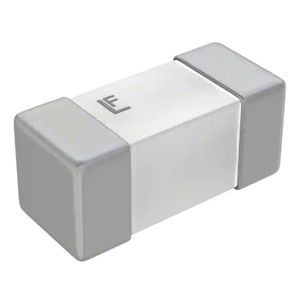
Circuit Protection
Circuit Protection: Essential Components for Electrical Safety and Reliability
Definition of Circuit Protection
Circuit protection refers to devices and systems designed to safeguard electrical circuits from damage caused by overcurrent, short circuits, surges, and other electrical faults. These components are critical for preventing equipment failure, fire hazards, and ensuring the longevity of electrical systems.
Types of Circuit Protection Products
1. Fuses One-time-use devices that break the circuit when excessive current flows, sacrificing themselves to protect the system.
2. Circuit Breakers Resettable switches that automatically interrupt current during overloads or faults, offering reusable protection.
3. Surge Protectors Shield sensitive electronics from voltage spikes caused by lightning or power grid fluctuations.
4. ESD (Electrostatic Discharge) Protection Guards against static electricity damage in high-precision electronics.
5. Thermal Cutoffs Temperature-sensitive devices that disconnect circuits to prevent overheating.
Purchasing Recommendations
- Match Specifications: Ensure voltage/current ratings align with your system s requirements.
- Prioritize Certifications: Look for UL, CE, or IEC compliance for safety and reliability.
- Consider Environment: Select industrial-grade protection for harsh conditions (e.g., moisture, dust).
- Balance Cost vs. Lifespan: Opt for resettable breakers for long-term savings in high-maintenance systems.
Investing in quality circuit protection minimizes downtime, reduces repair costs, and ensures compliance with safety standards a non-negotiable for any electrical infrastructure.
